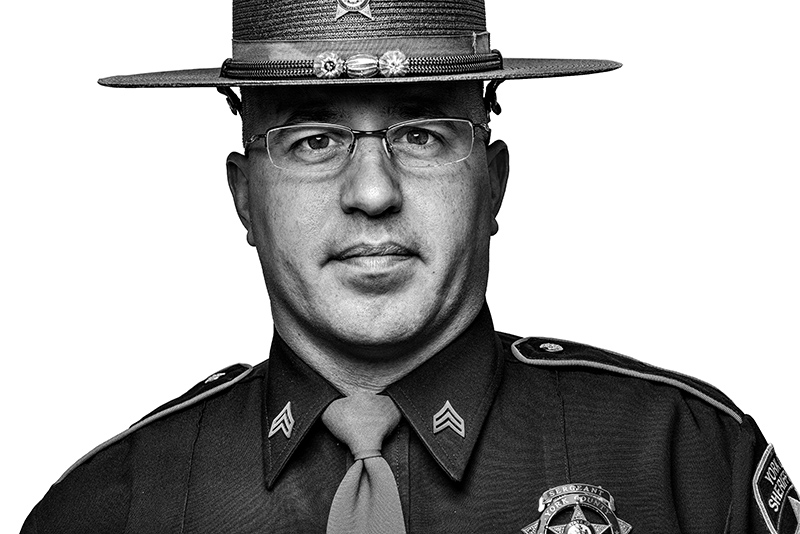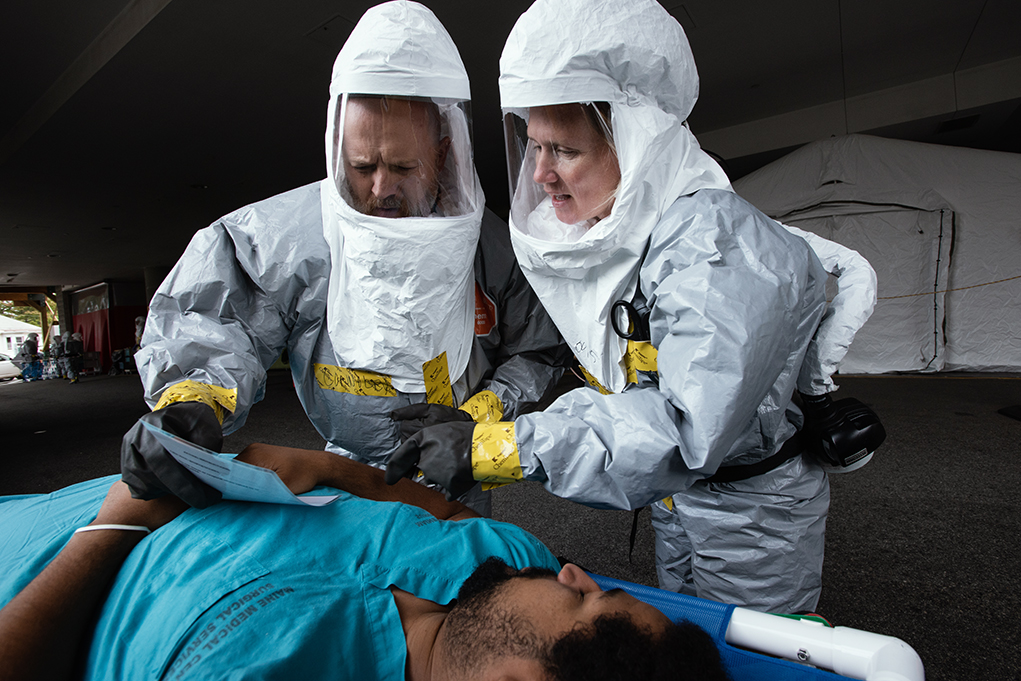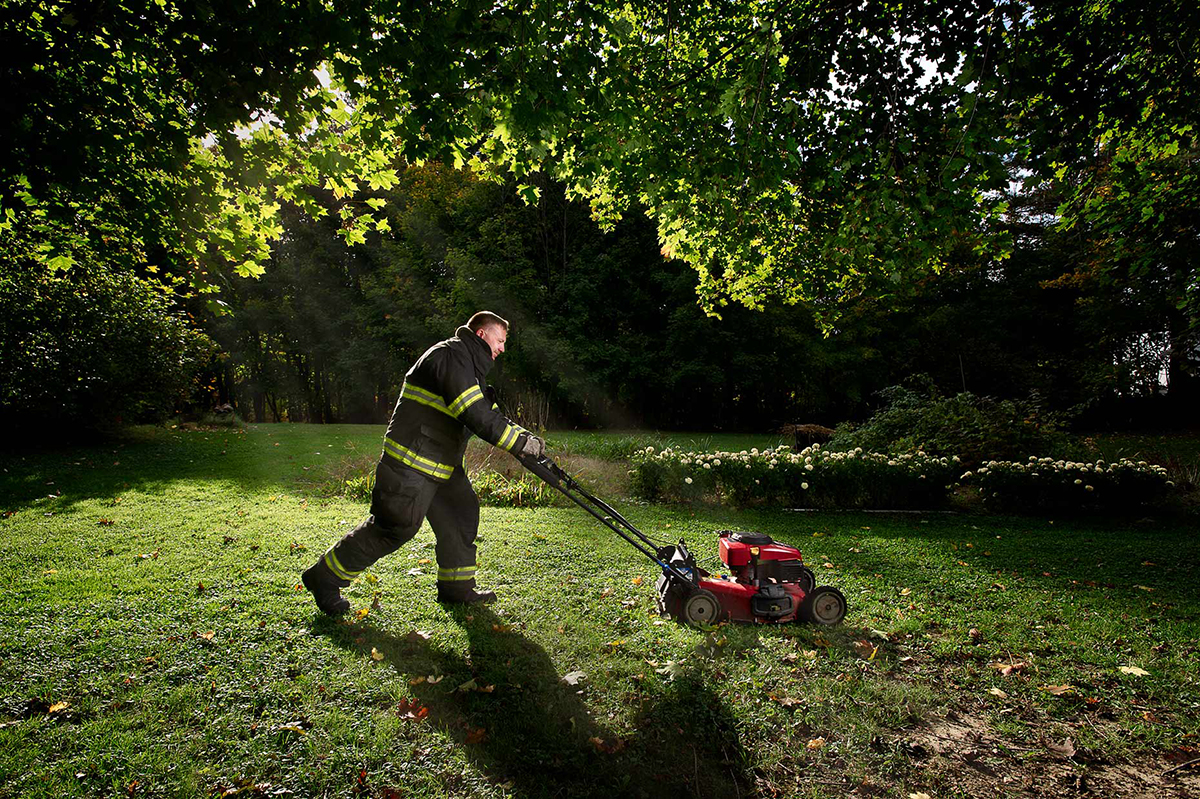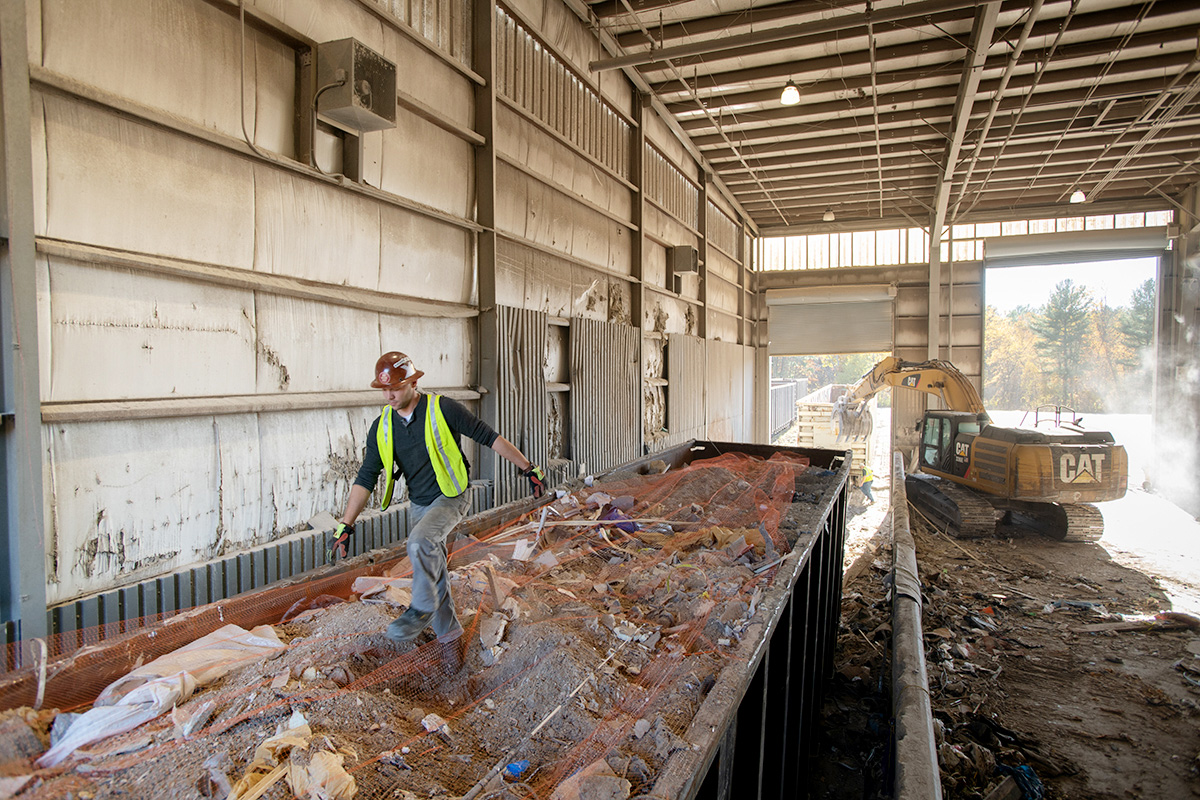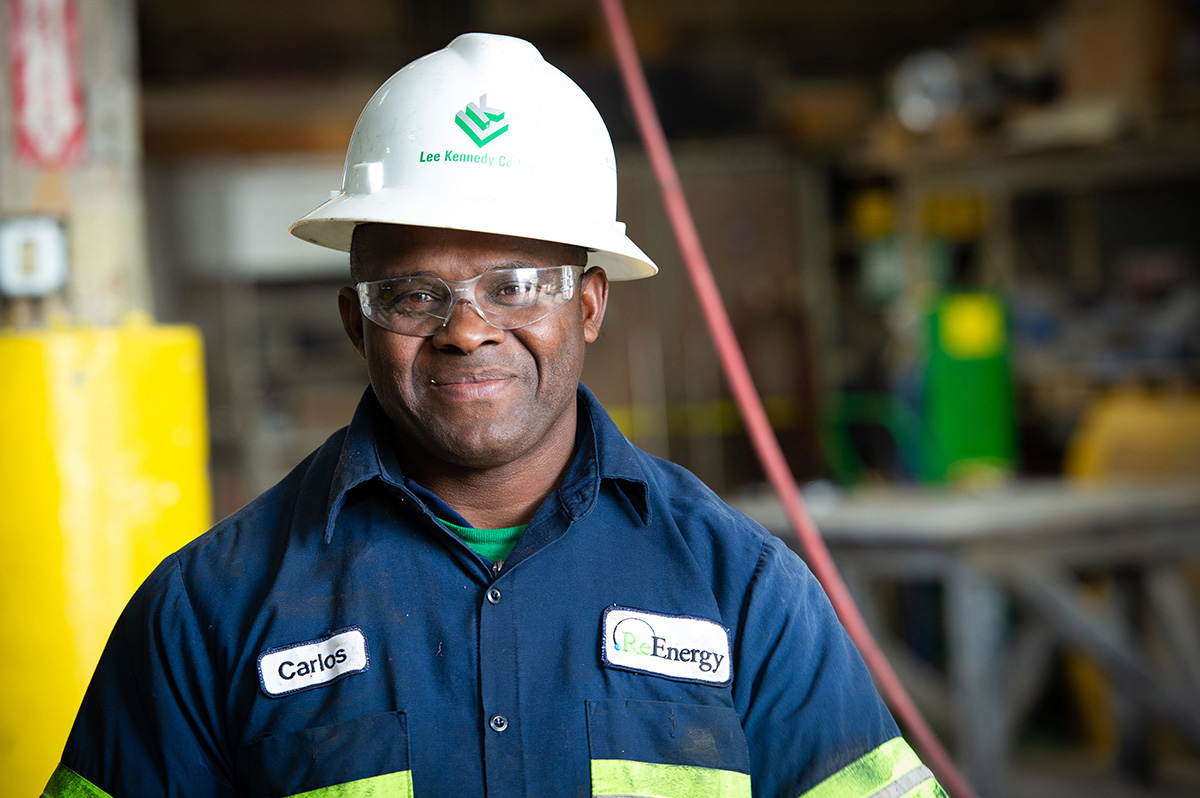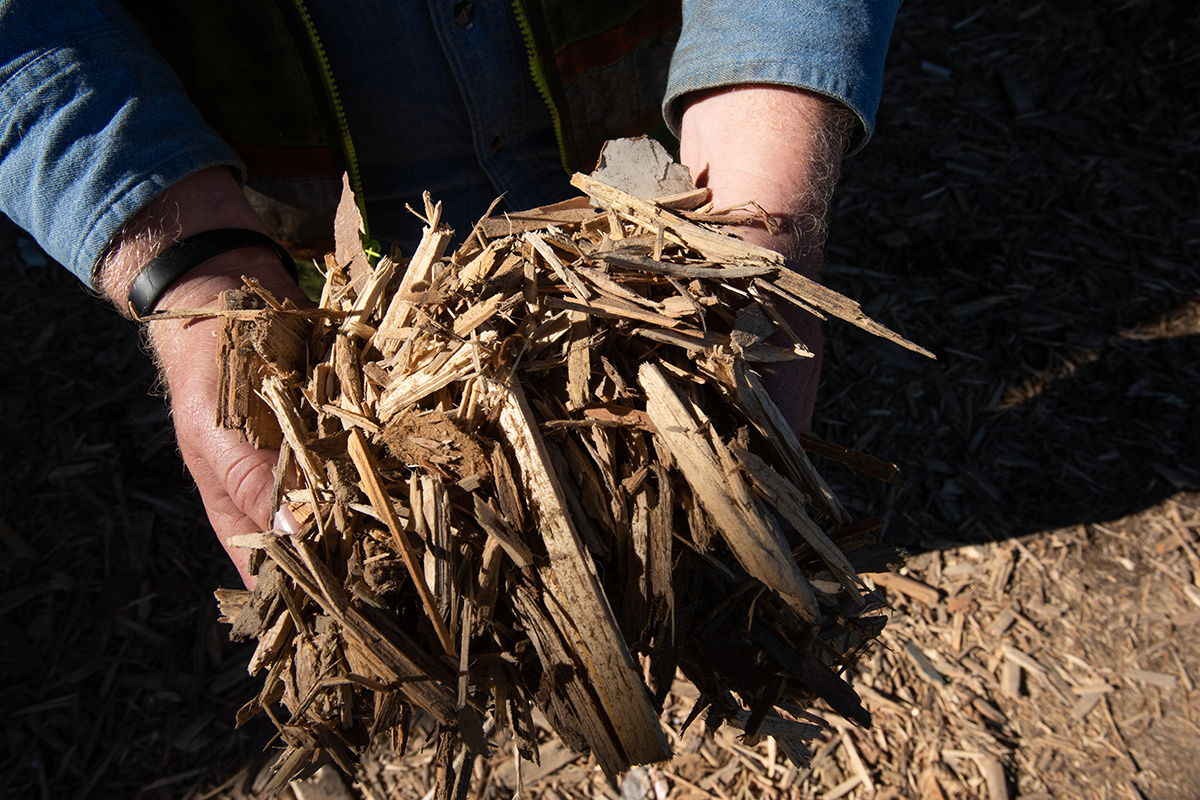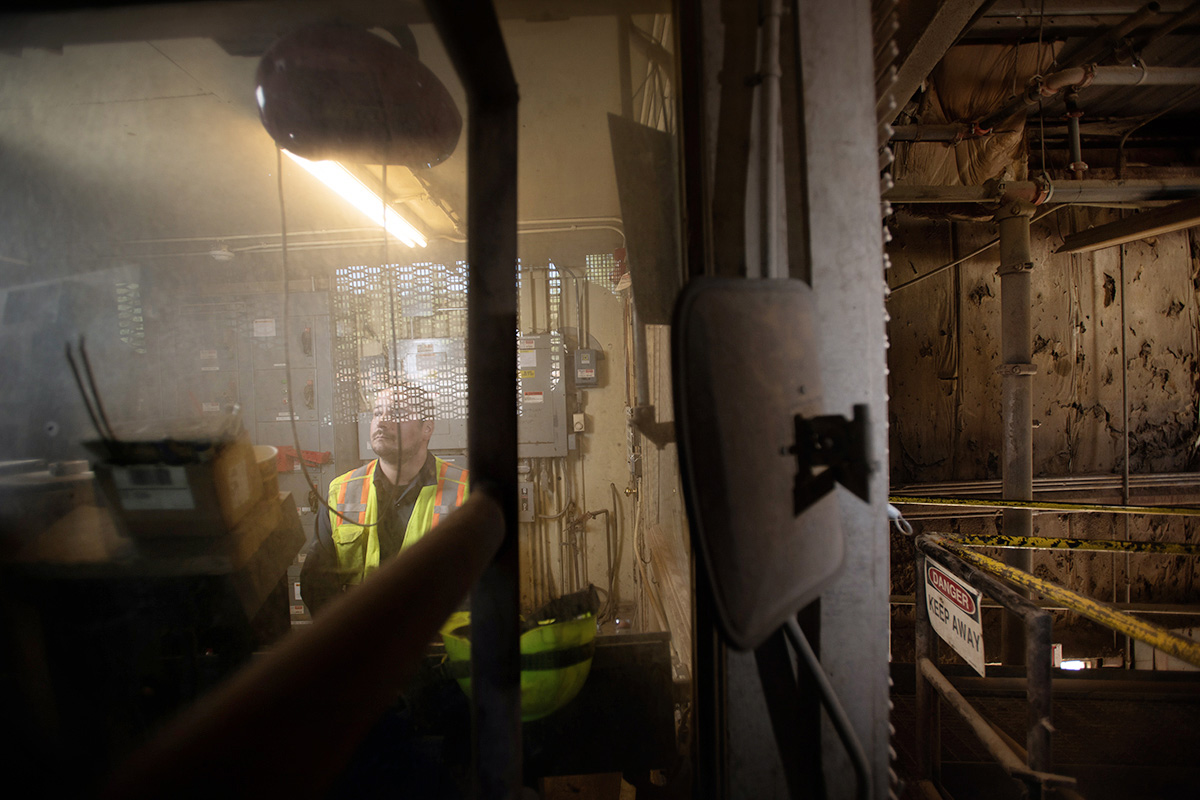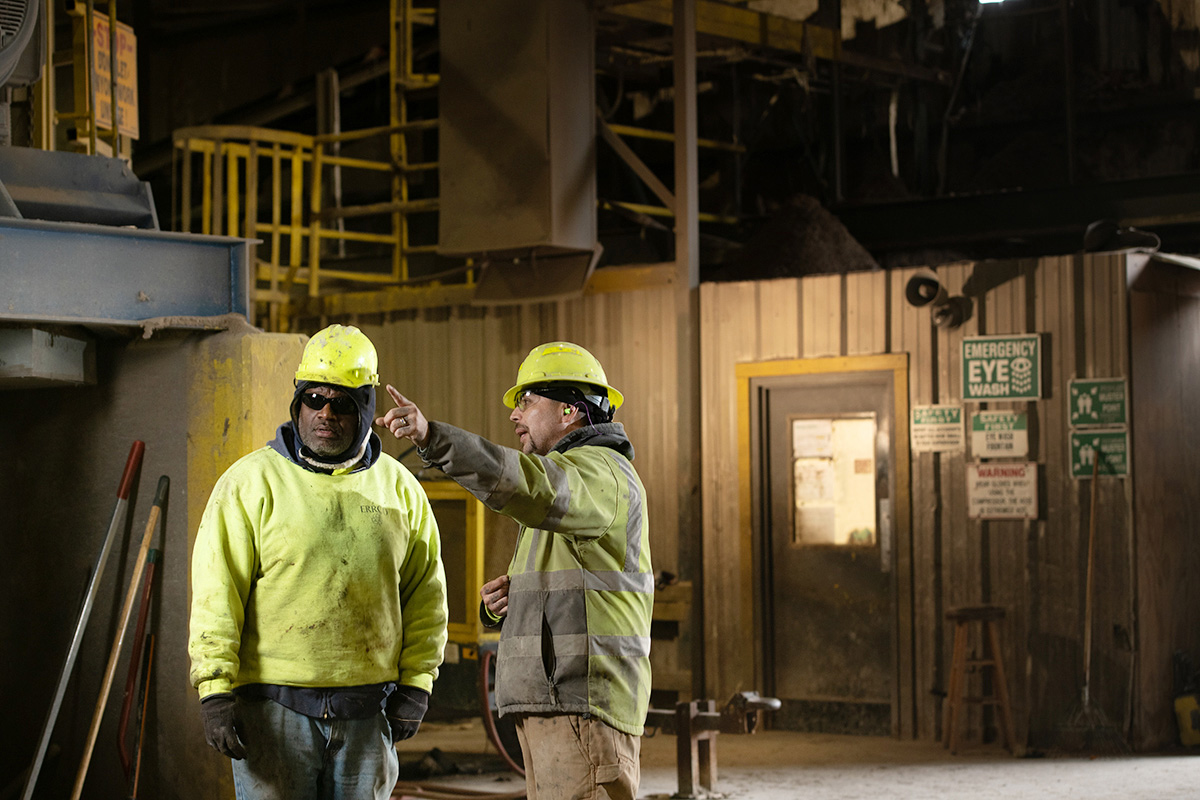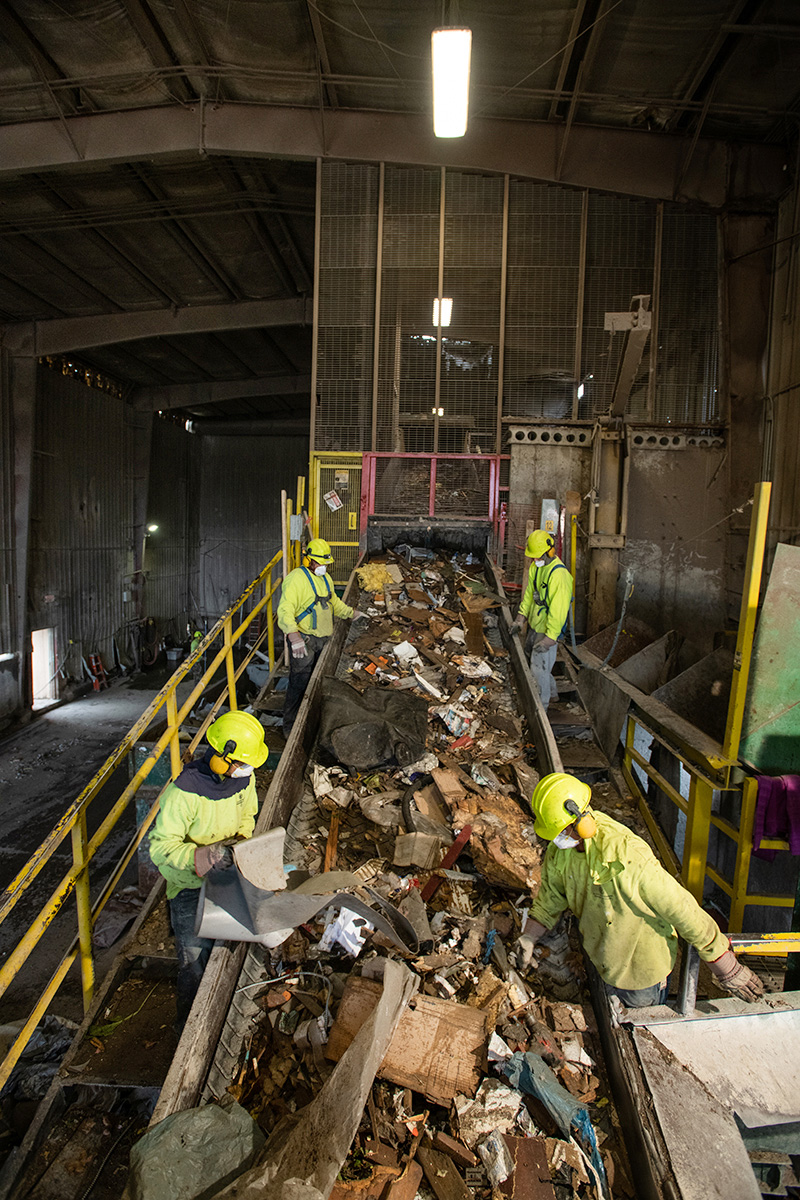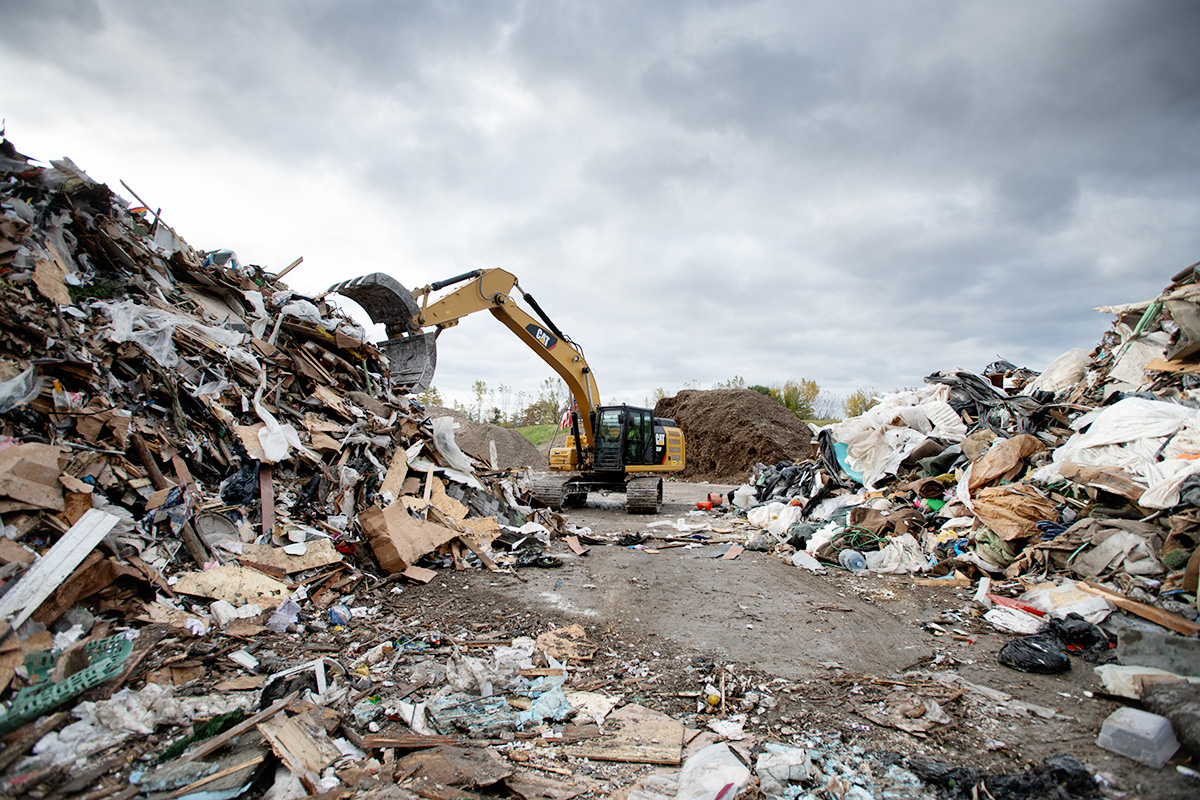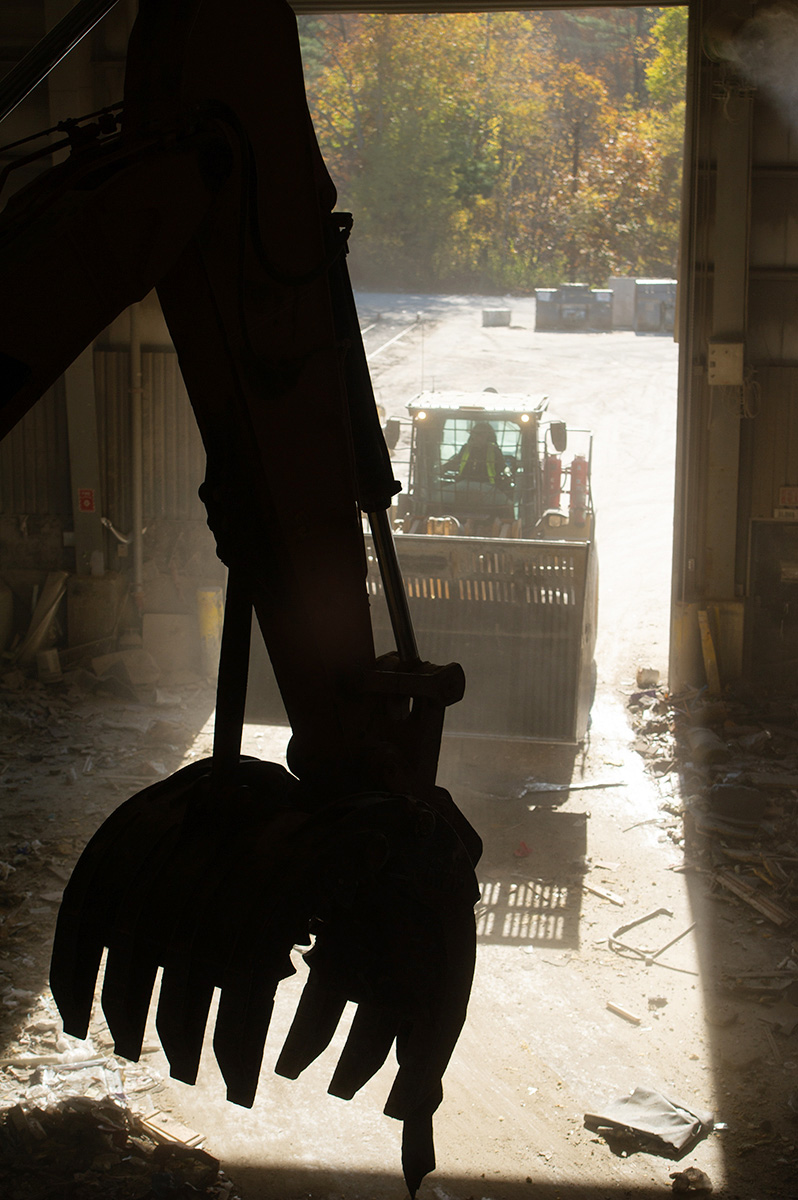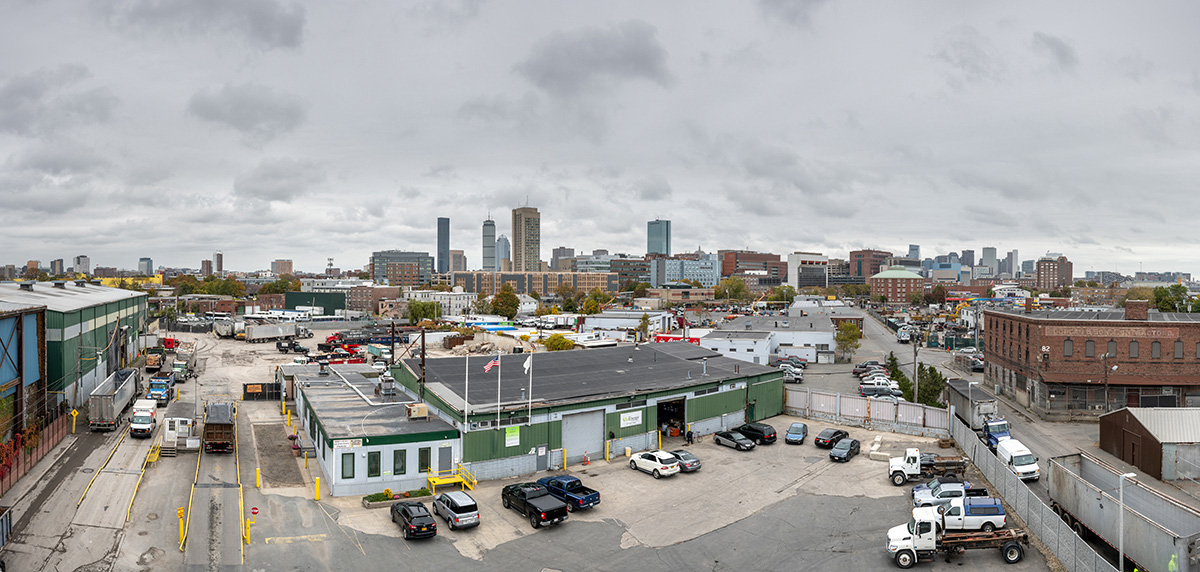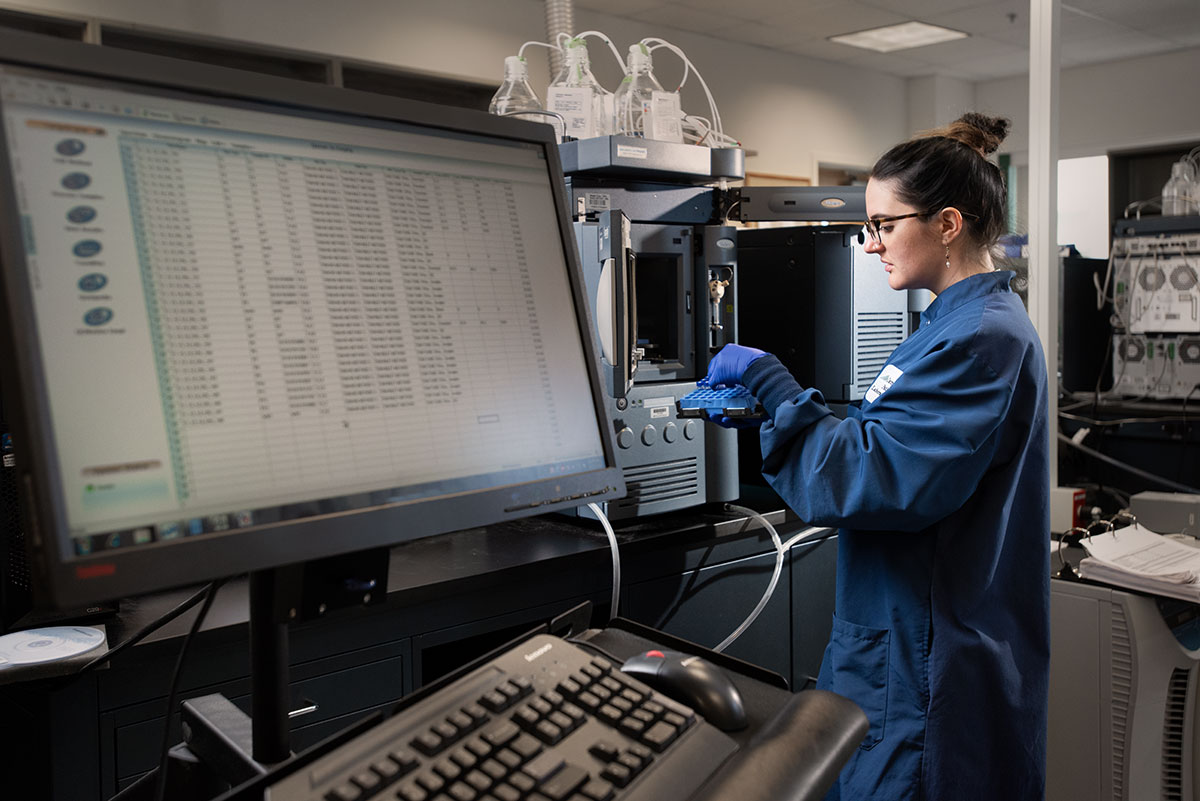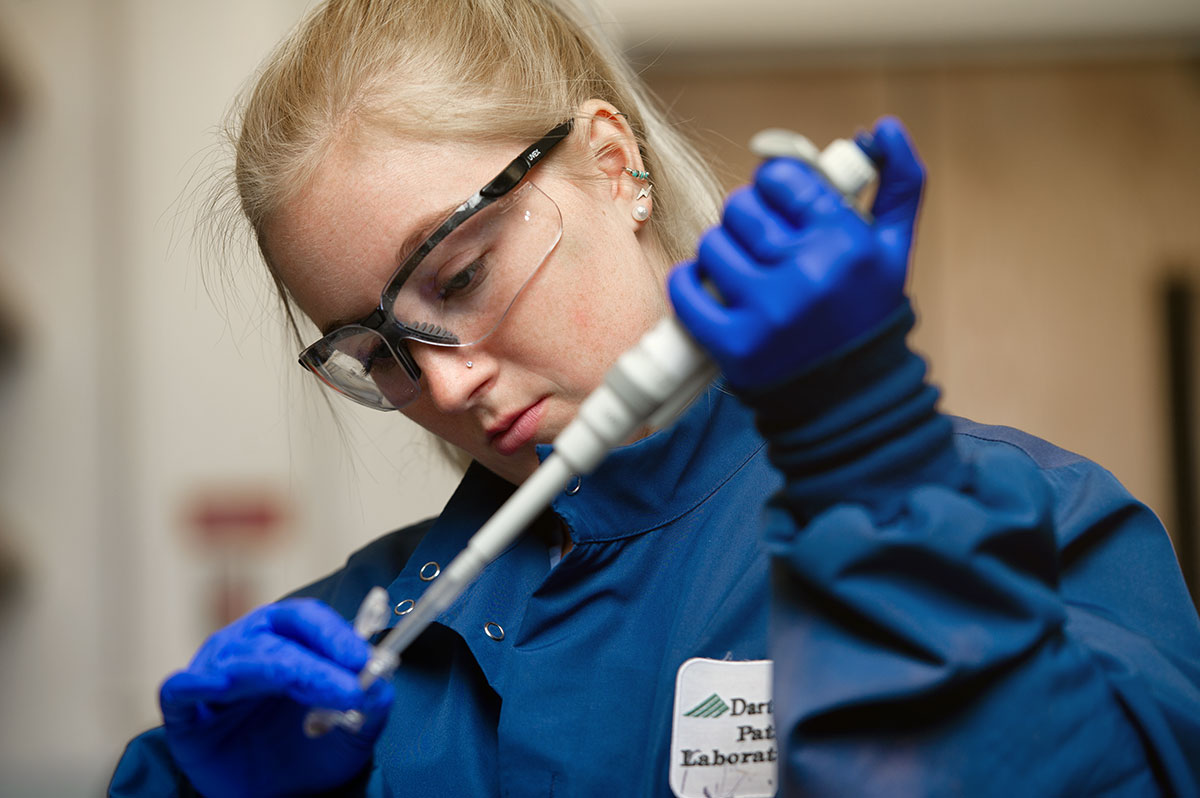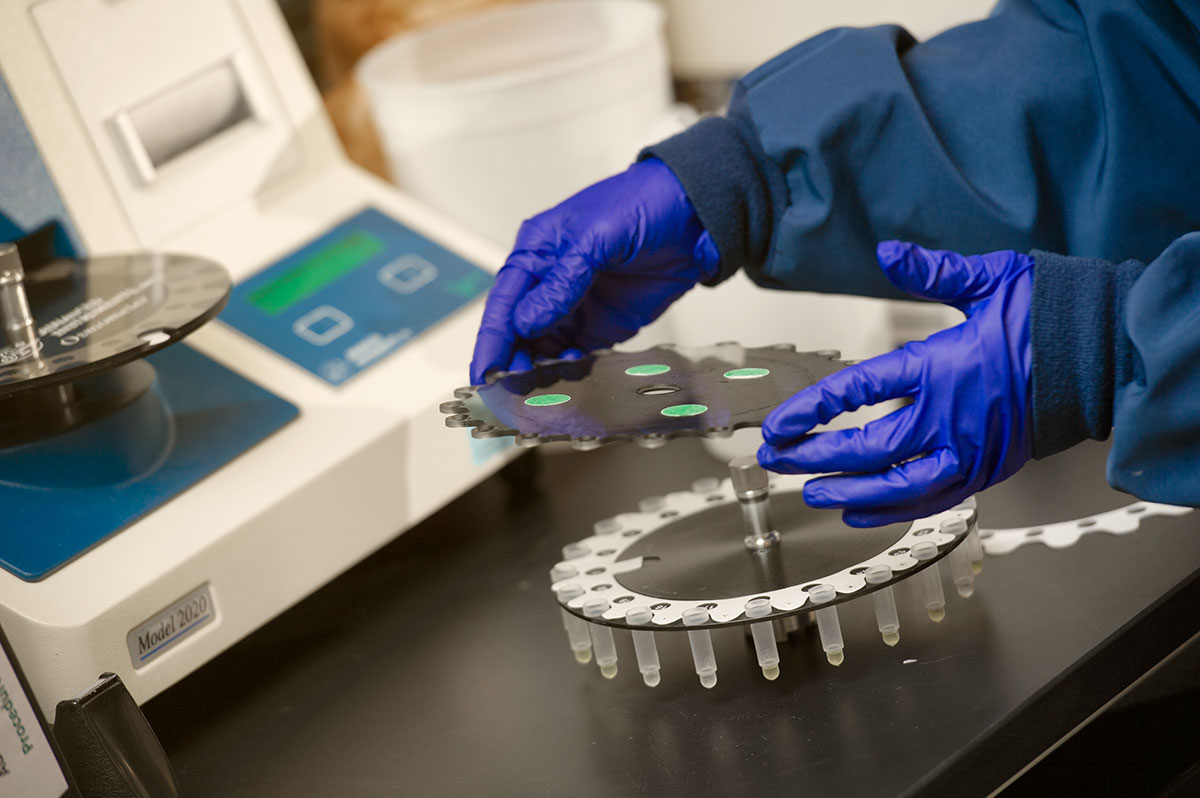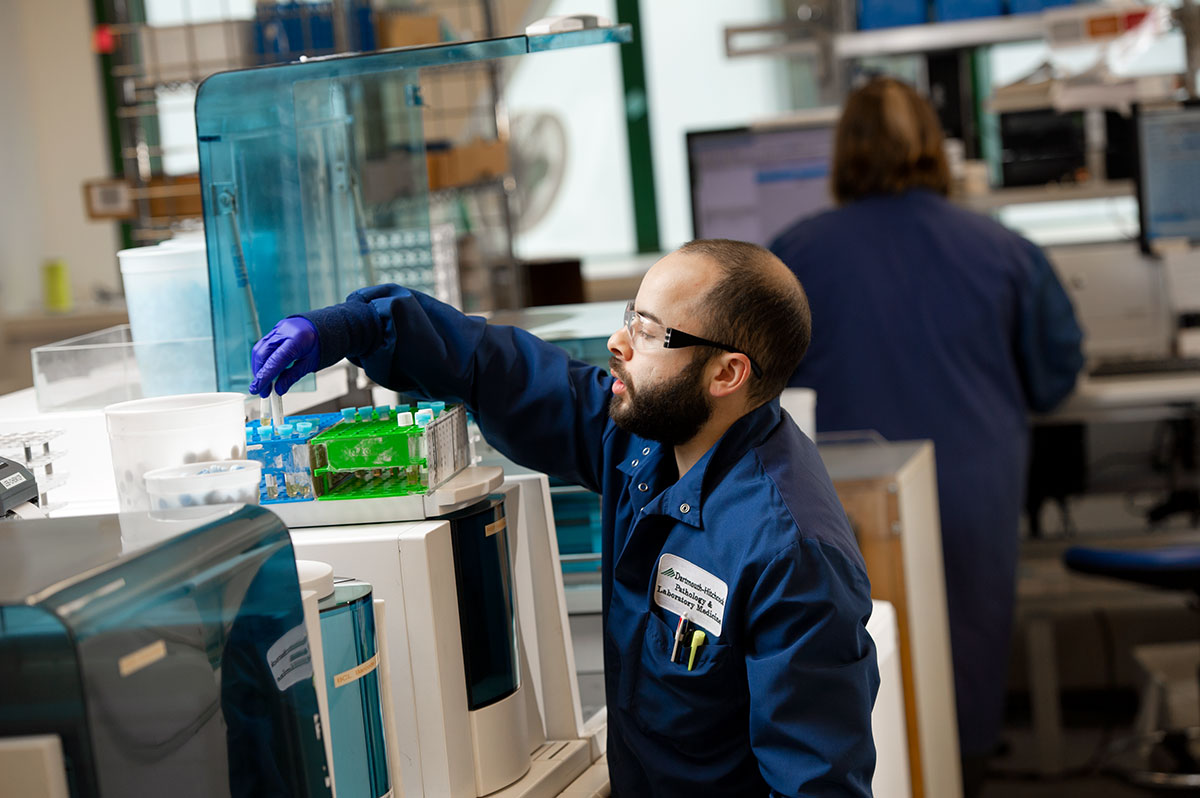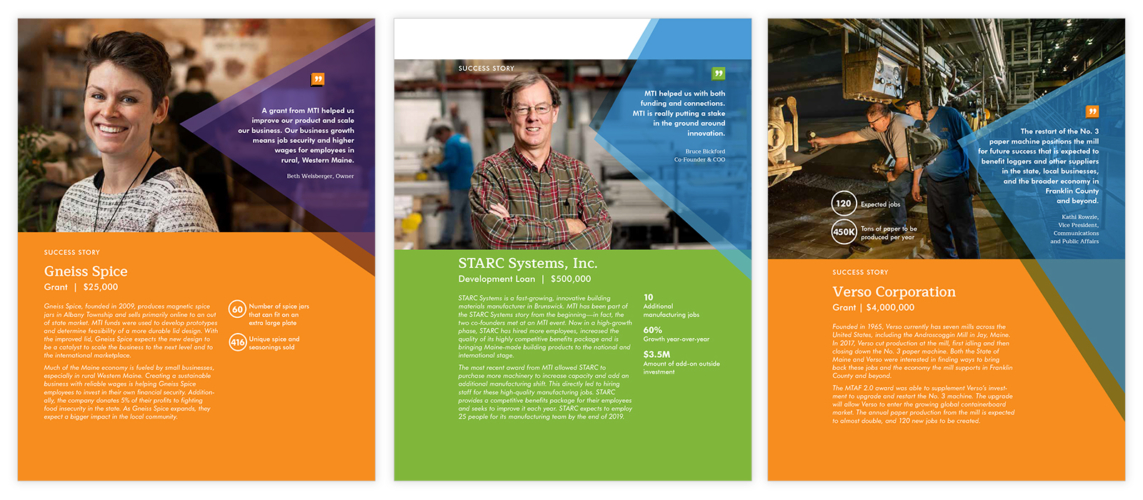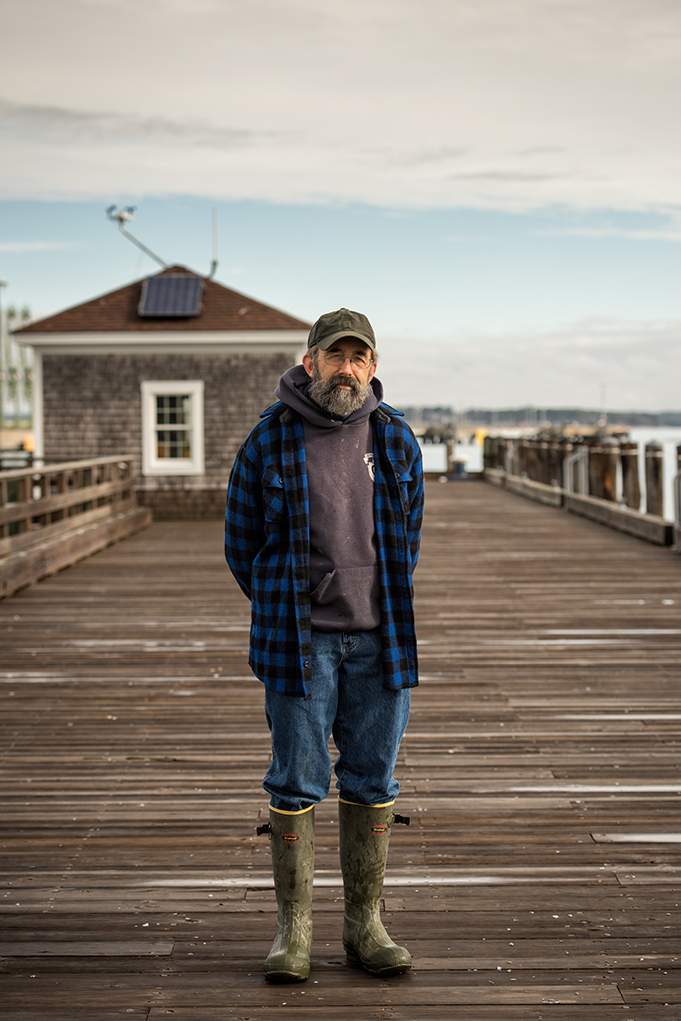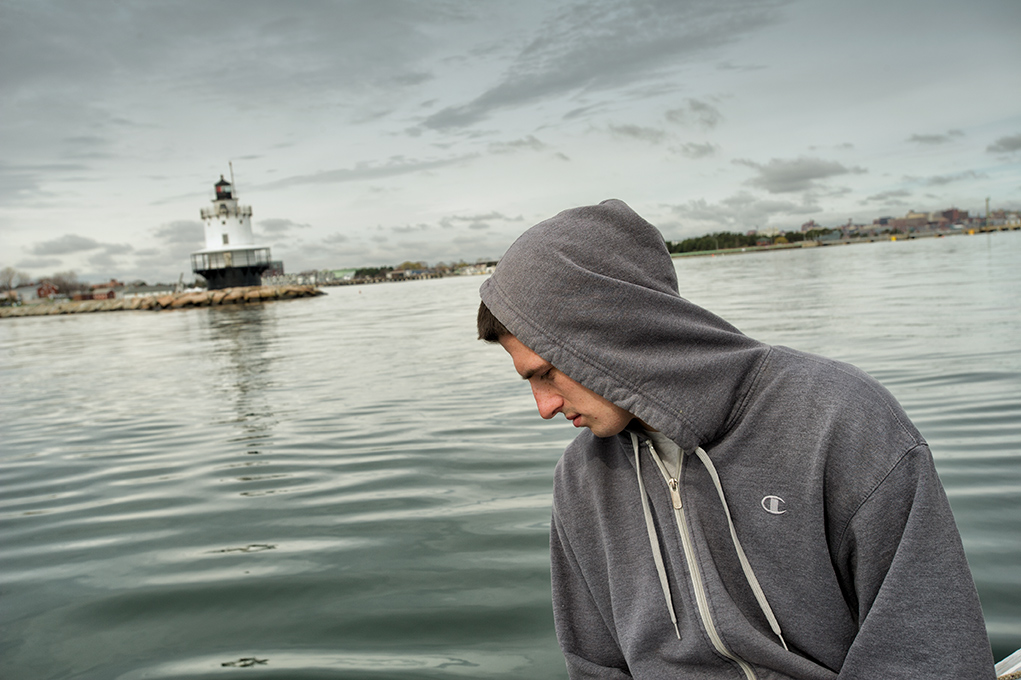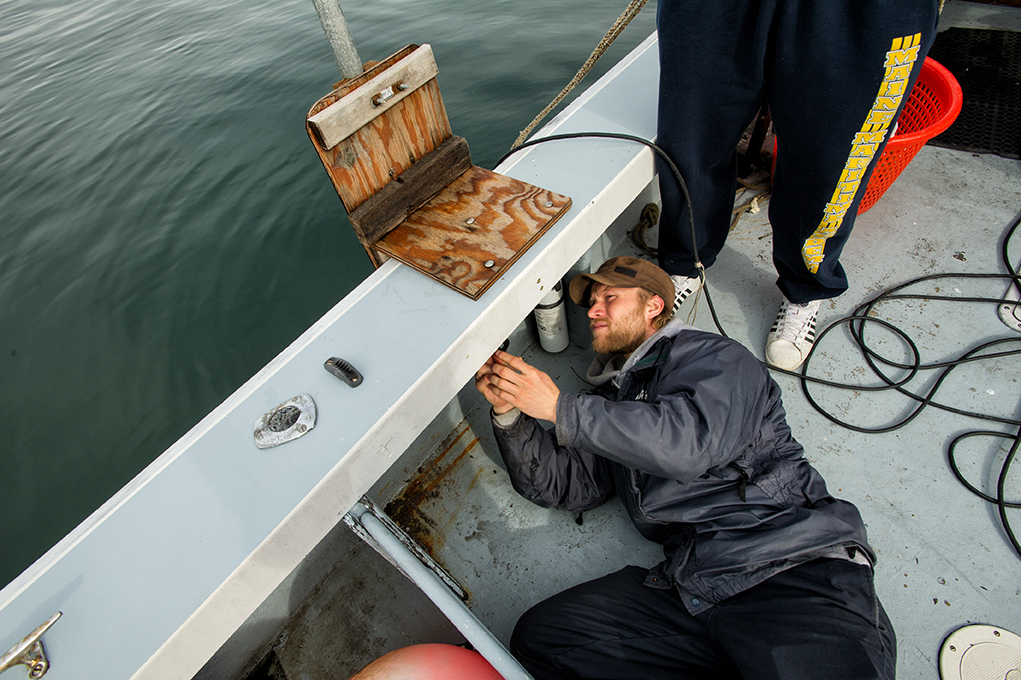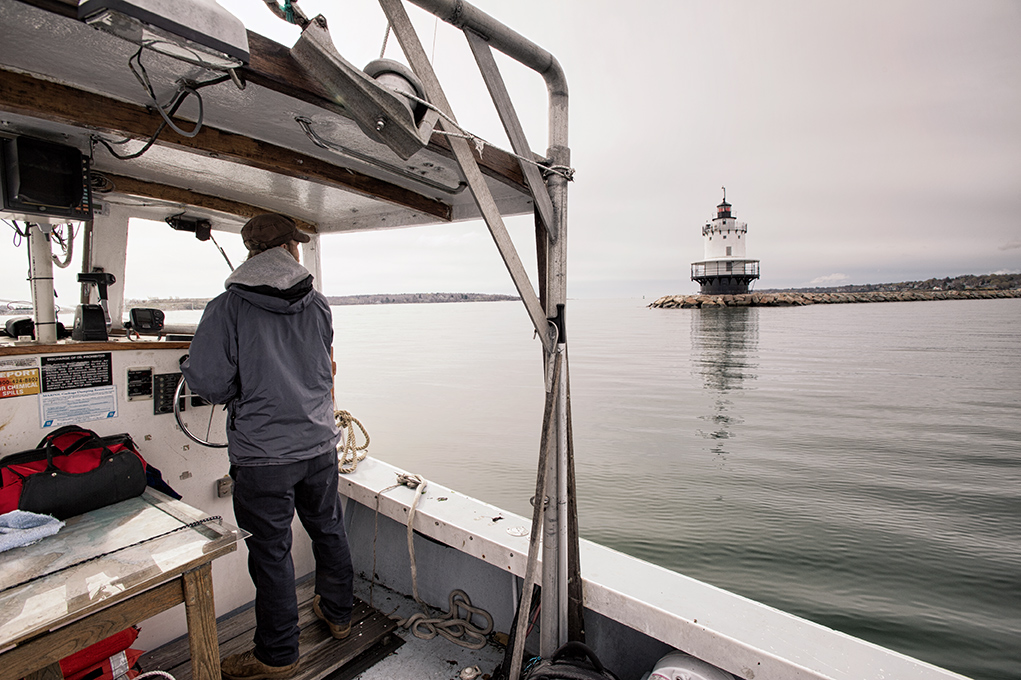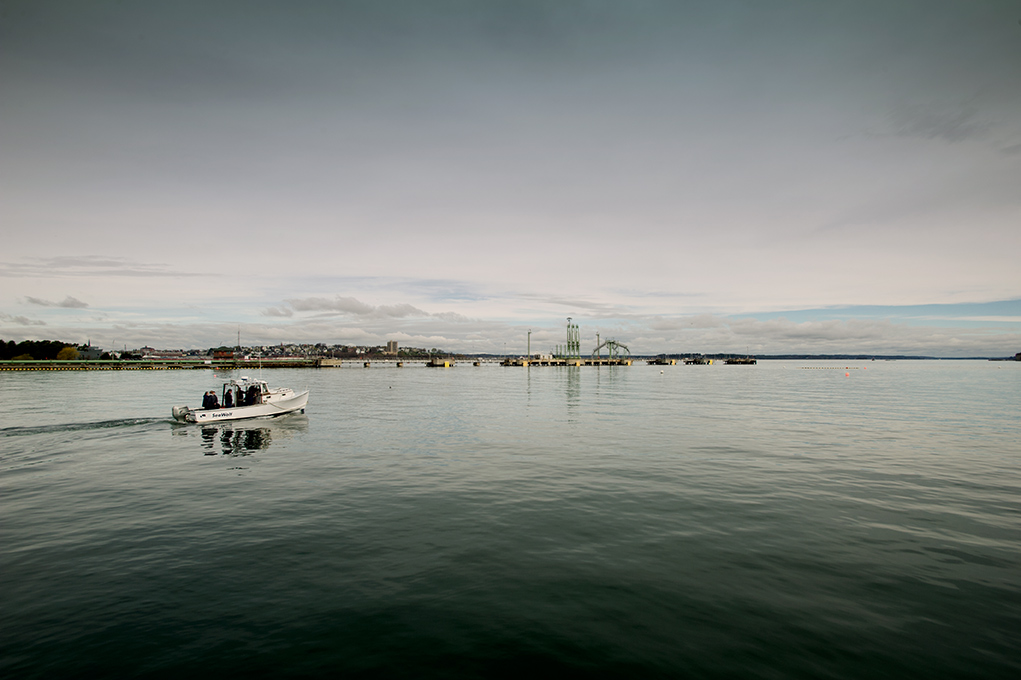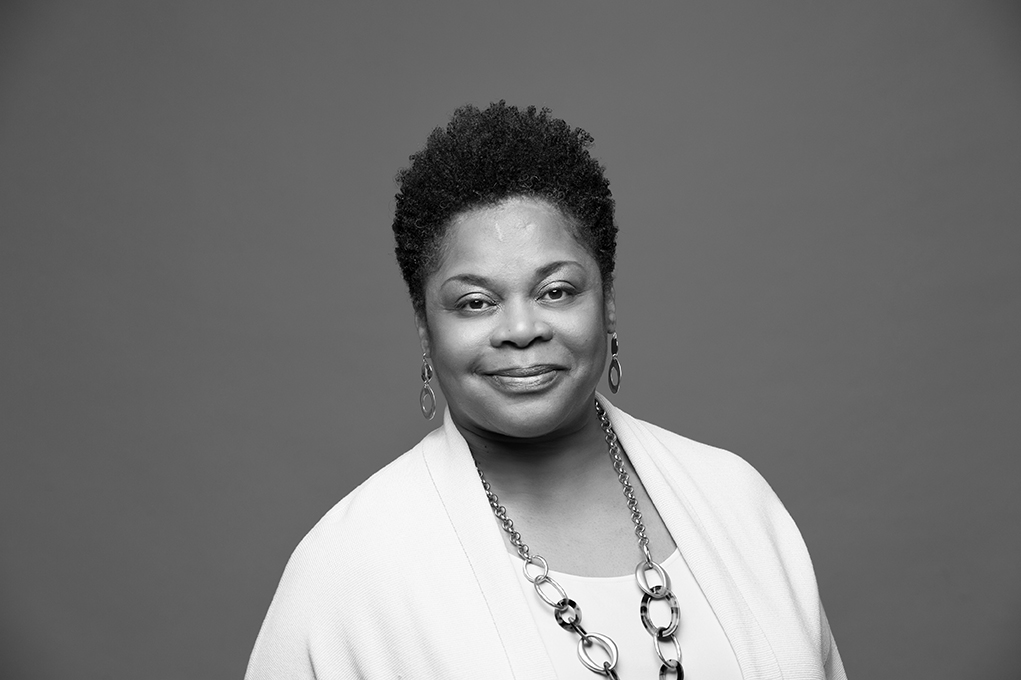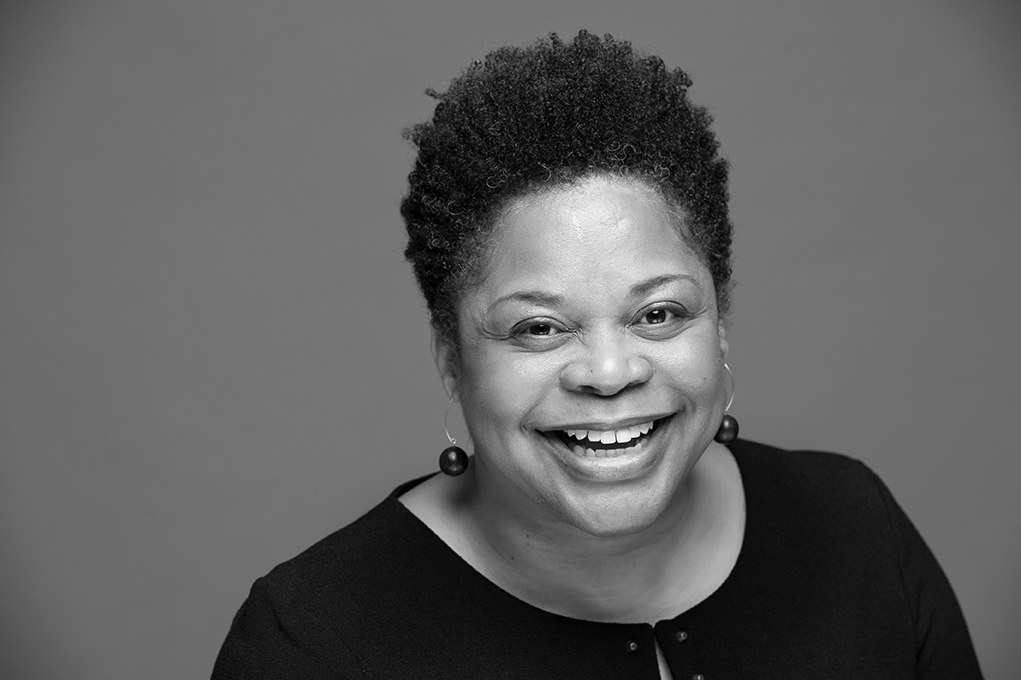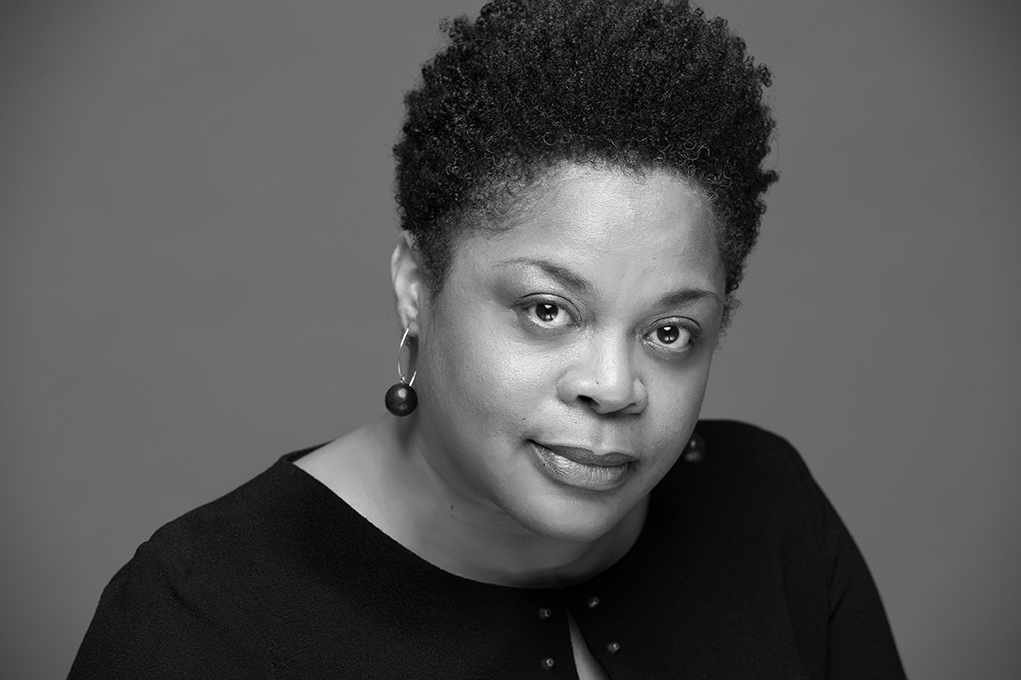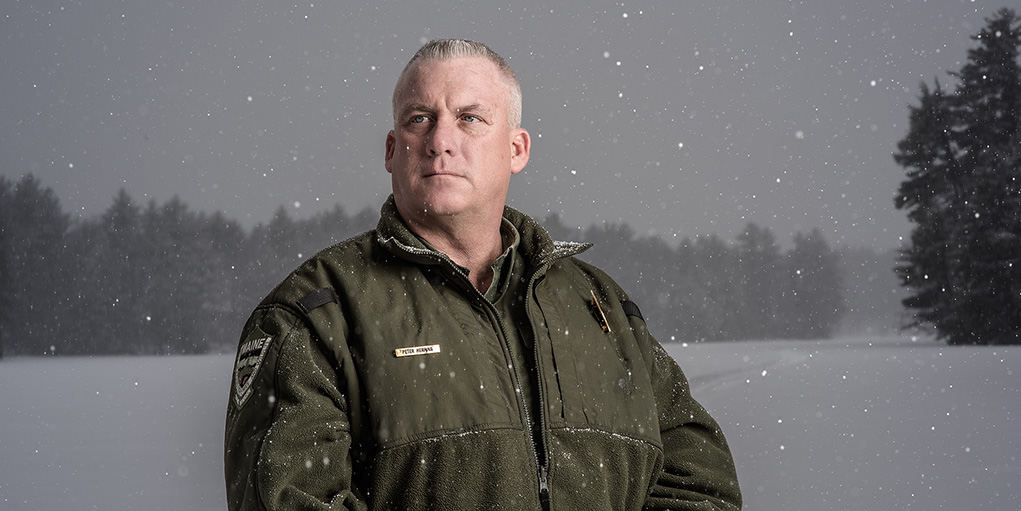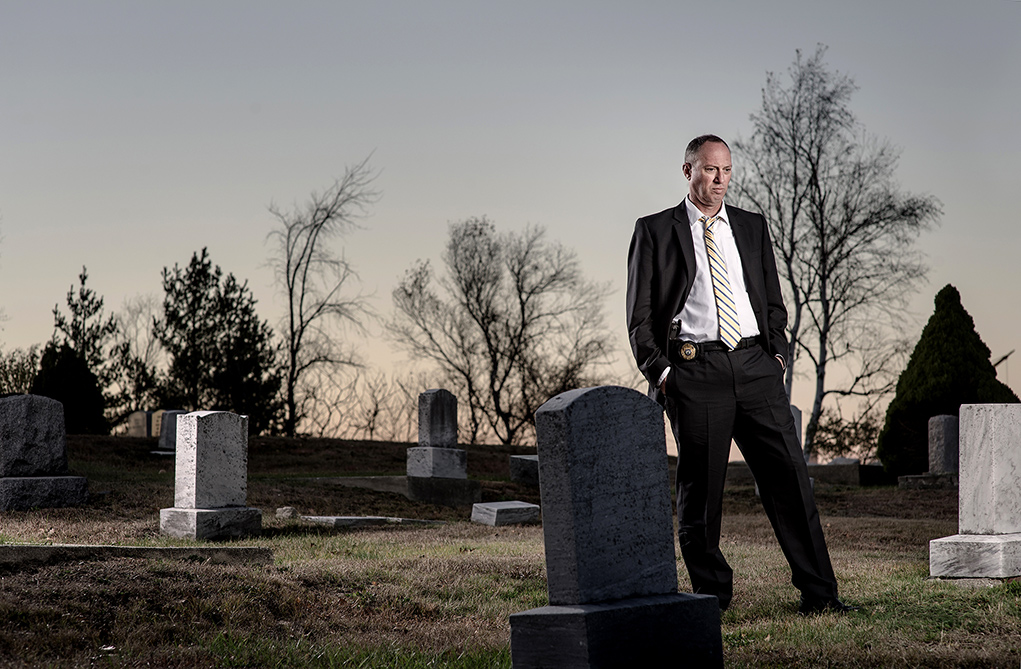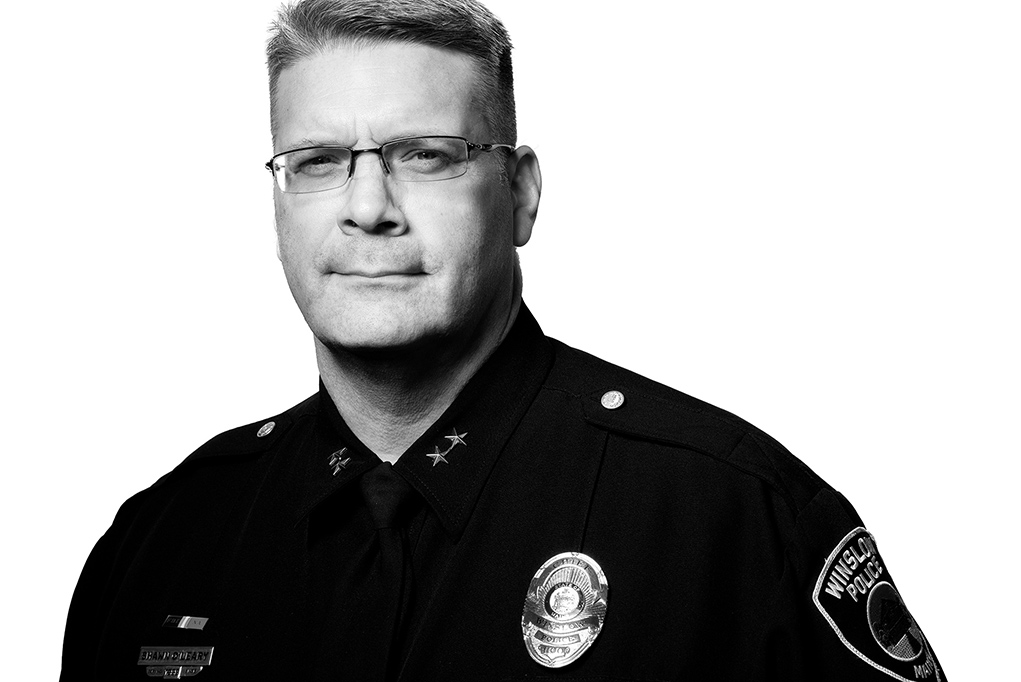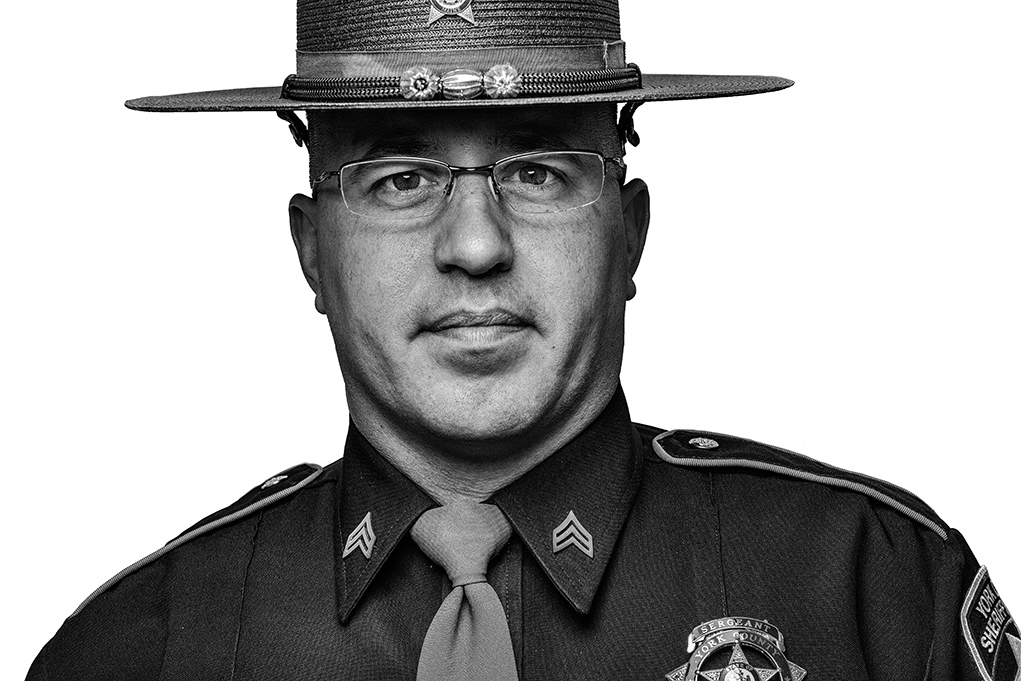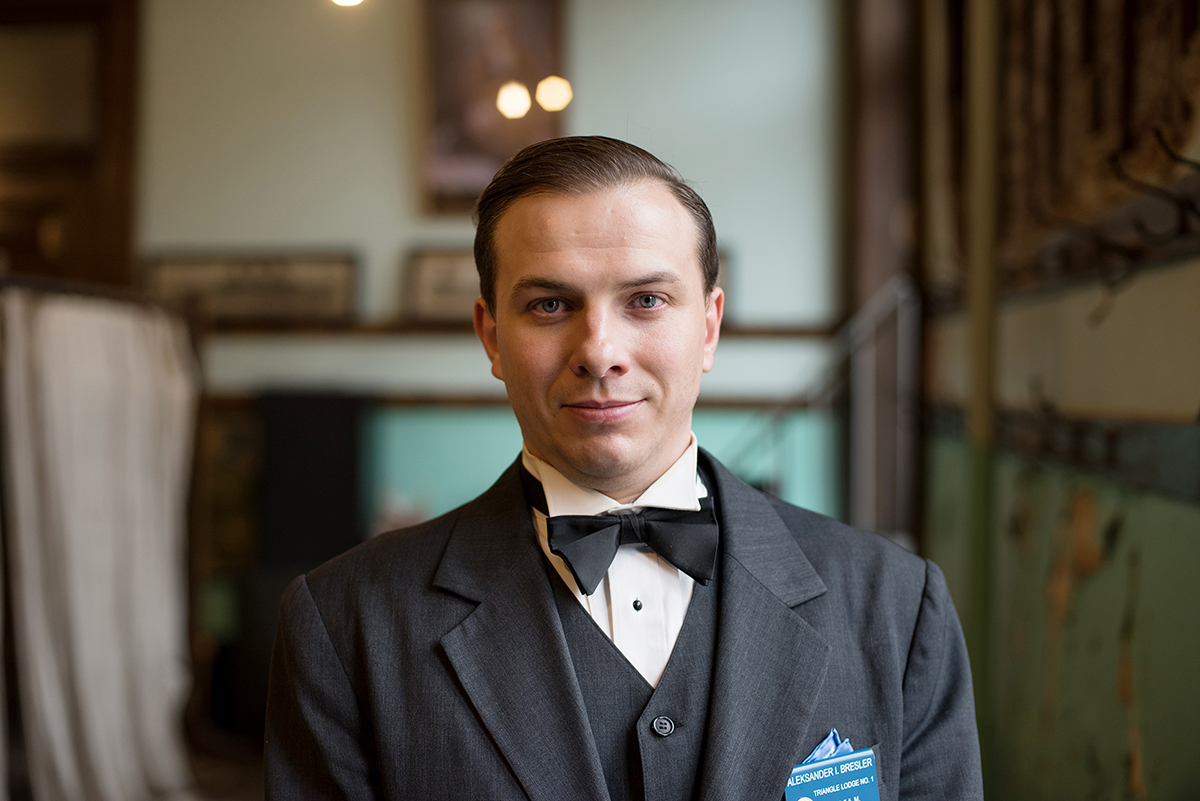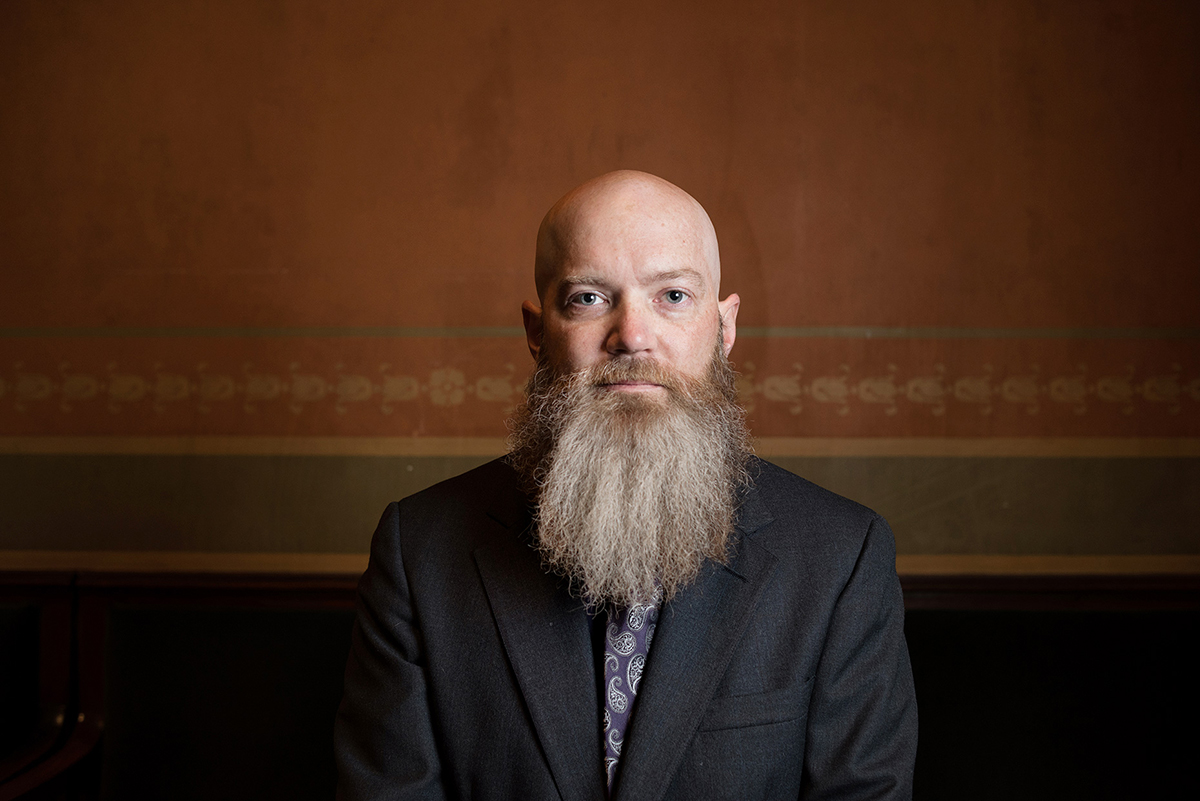Dove Tail Bats by Fitzgerald Photo
During the past two months I’ve been busy with ongoing projects, especially with video production of work I started before the stay-at-home orders shut things down.
I love the impact of the still image and it’s my primary way of telling stories visually. Often, a crafted campaign built on remarkable still imagery is the most effective and impactful way to tell a story. Other times, a single still image alone isn’t sufficient and that’s when I turn, increasingly, to video storytelling.
I’m excited to release a new video showing Dove Tail Bats founder Paul Lancisi in his manufacturing facility in Shirley Mills, ME. This was part of a photo assignment for Down East Magazine. While I love the portraits I produced for the magazine, I decided to incorporate video as well because it better conveyed the processes that make Dove Tail Bats so special.
I love how Lancisi pivoted from a woodworking business to one that embraces his lifelong passion for baseball. What he and his wife Theresa have created is amazing: a Maine company that crafts beautiful, one-of-a-kind baseball bats sought after by major league hitters and top college athletes. The bats might look great hung on a wall above the fireplace, but—just like Dove Tail Bats—are destined for greater things.
It’s inspiring to be able to show Maine companies doing such remarkable work and and achieving great success far outside of our state.
–30–
Ready to level up your storytelling content with photography, videography and multimedia? Contact Fitzgerald Photo to see if we’re a good fit for your brand or project.

